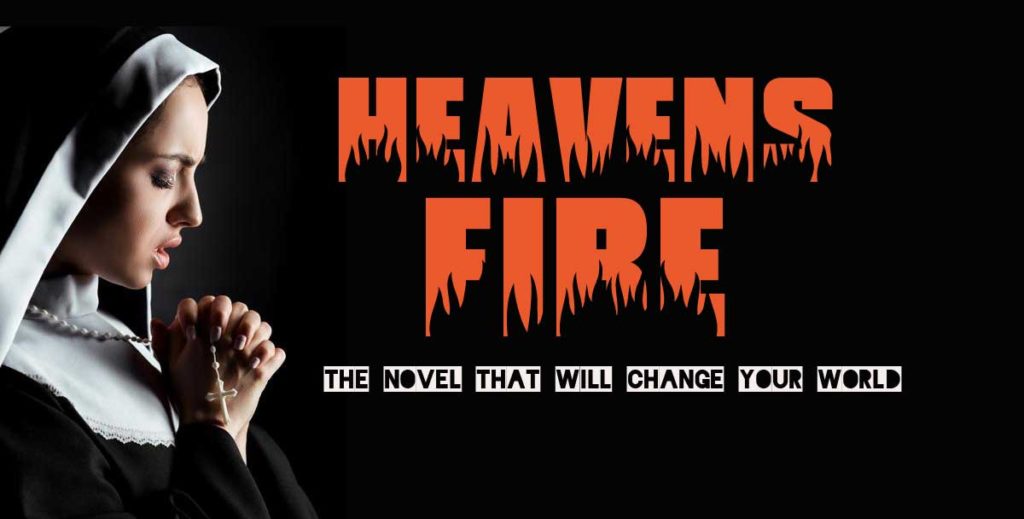
Do you wonder about this?
Let’s say you have a loan you are repaying. $10,000 total – $9,000 to principal and $1,000 to interest. The only thing that shows on your Profit and Loss Statement (P&L) is the interest. The principal is reduced on the balance sheet. But if you are managing your company from the P&L are you going to be missing $9,000 in expenses? If this is the case, your P&L is not showing an accurate picture. What’s going on?
This can be confusing. It’s the difference between the purpose of a profit and loss statement and a balance sheet. Here’s the rule: You manage profitability from the profit and loss statement. You manage cash, assets (the thing you bought) and liabilities (the loan you took out to pay for the thing you bought) from the balance sheet.
When you took out the loan for the thing you bought, you didn’t have revenue; you increased your assets. So, the repayment of the loan is not an expense; it’s a decrease in liabilities. The only expense you have is the interest that you pay to the lender.
In this case, your P&L is correct. The $9,000 goes on the balance sheet.
Each month your profit and loss statement tells you whether you earned a profit or had a loss. It does not tell you how much cash you have. You must turn your profits into cash by collecting your receivables and paying the expenses incurred to produce those revenues.
Unfortunately you can be profitable and go bankrupt. How?
- A customer doesn’t pay you for your profitable work.
- You grow profitably so quickly that you run out of cash.
- You are drawn into a lawsuit (through no fault of your own) for profitable and correct work that you performed or someone getting hurt on a project.
Profitability does not ensure business survival. Many businesses have a month or two months that are not profitable. Others have an unprofitable quarter and work the rest of the year to make up the losses. What they aren’t realizing, is that they are also working the rest of the year to generate the cash they need to survive that quarter the following year.
So what do you do? First be profitable. Without profits you won’t generate the cash you need to survive and thrive.
Second, determine your cash needs each month. Calculate this by looking at sales, collections, the costs to produce goods and services, and overhead costs.
Sales count. However, collections on those sales count more. If you collect COD then the sales for the month should equal the collections for the month. However, many collections are 30 to 60 and sometimes 90 days after the work was completed.
Let’s take an example: You sell a $30,000 project in January.
- You order the materials you need from your suppliers in January.
- You do the work in February.
- Your employees are paid in February for the work they do on the project.
- You bill for the work in February.
- Your supplier’s bill is due in February.
- Your customer pays you in March.
Additional assumptions:
- Payroll and production costs are $5,000. They are all due in February.
- Monthly overhead is $10,000
For this example, you’ll need to fund $15,000 to produce the $30,000 sale that you get paid for in March.
Do you have the cash to produce the sales you generate?


Ruth King holds an MBA in Finance from Georgia State University and Bachelor’s and Master’s Degrees in Chemical Engineering from Tufts University and the University of Pennsylvania, respectively.
Her mission is to give business owners the tools/processes to get and stay profitable while building wealth.
She started the Decatur, Georgia branch of the Small Business Development Center in 1982. She also started the Women’s Entrepreneurial Center and taught a year-long course for women who wanted to start their own businesses.
More recently, Ruth was the instructor for the Inner-City Entrepreneur (ICE) program in conjunction with the Small Business Administration. She is part of Jim Blasingame’s Small Business Advocate brain trusts and appears frequently on his national radio program. She has also been interviewed by the Wall Street Journal Radio Network, the Big Biz Show, and many regional and local radio programs. Ruth has appeared on MSNBC’s “It’s Your Money” program, Fox San Diego, and many other local television stations. Ruth has spoken internationally for Kohler, Carrier Corporation, Safeguard (division of Deluxe), and many other corporations and national/state/local associations.


